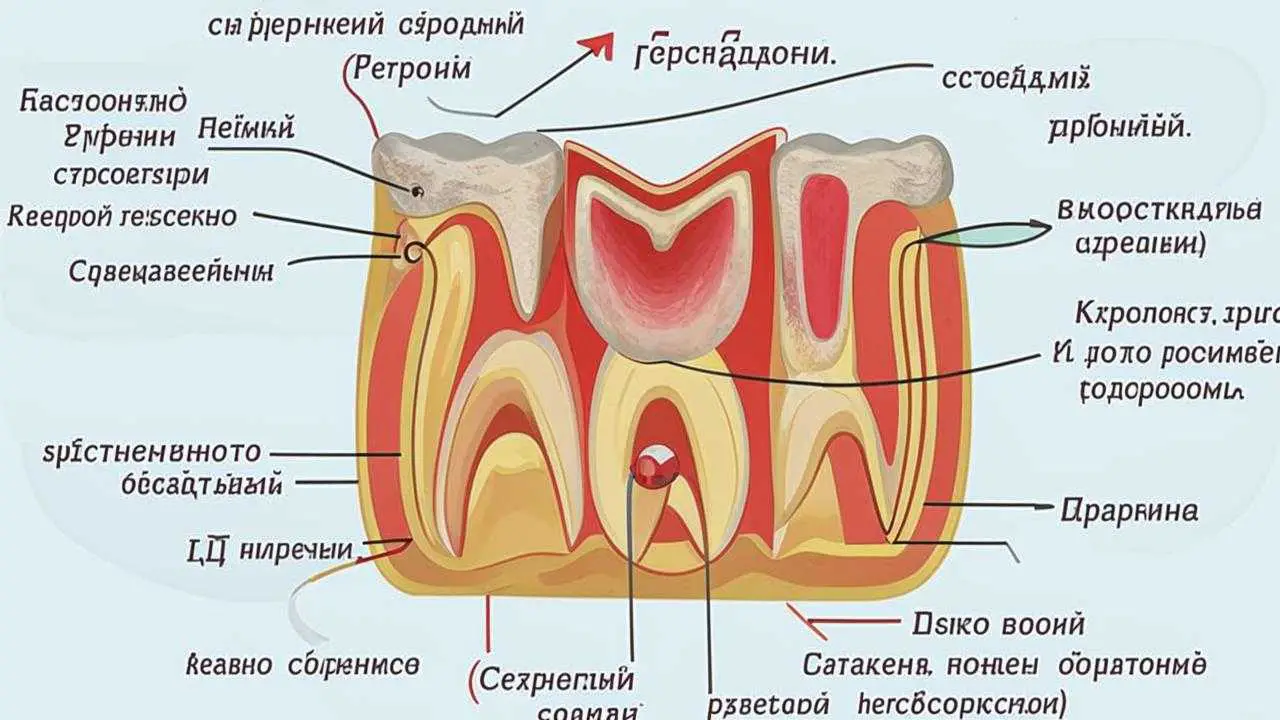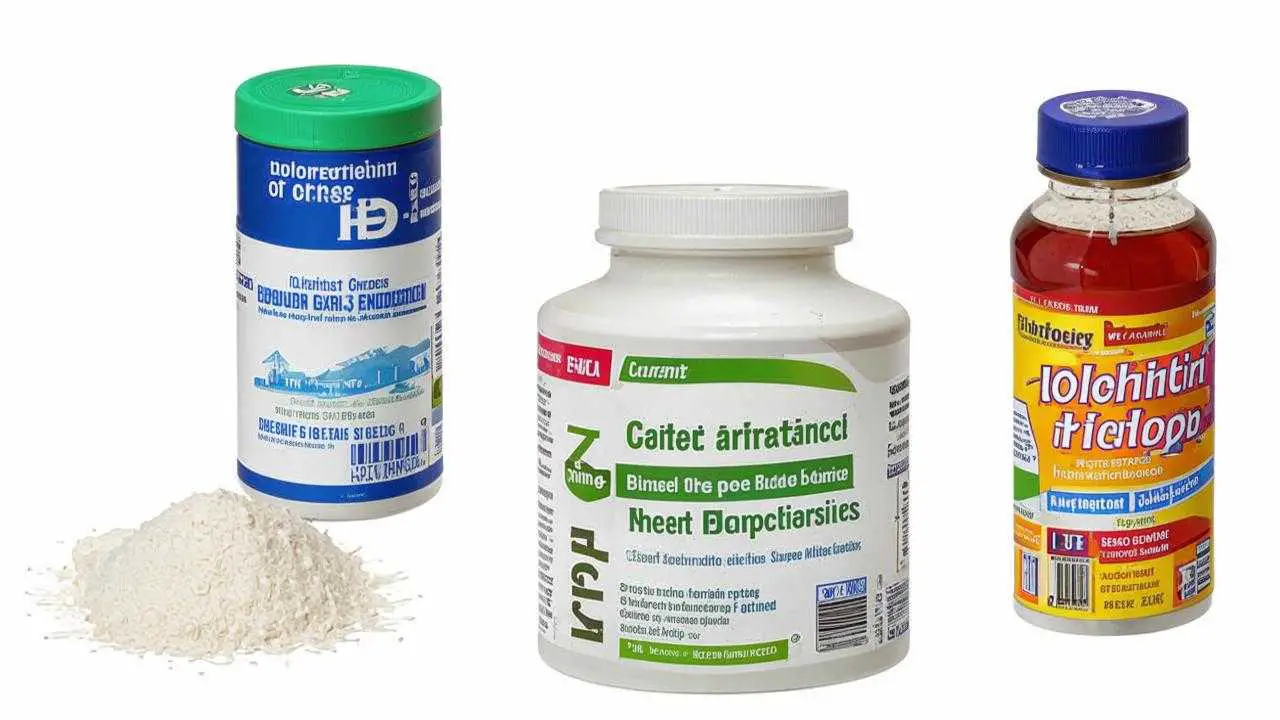Reading time ~ 6 min Number of readings: 100735
Prosthetics – a multi-step procedure, if all the work is completed, the prosthesis is installed, but you are worried about pain or discomfort under the crown – it’s time to understand the source of discomfort. To relieve pain under the crown, you must first determine the exact cause of the pain. Soreness may be caused by a recurrence of caries, periodontal disease or associated with errors in the manufacture of orthopedic construction. The doctor will name the exact cause after a comprehensive diagnosis.
Pain syndrome can occur immediately after the installation of prosthesis, a month, a year or a long time. In any case, it is necessary to go to the dentist immediately. At home, you can only temporarily improve your health, but not eliminate the problem itself and its cause.
Why the tooth under the denture hurts
A crown is a prosthetic structure in the form of a cap that covers a previously prepared tooth. The cause of tooth pain under the crown in many cases is related to the poor quality of preparation of the unit for prosthetics. Most often it is an error in filling dental canals after depulping. The source of pain can be:
- Untreated to the end of caries– the doctor removed not all the affected tissues, which led to a recurrence of the carious process under the crown.
- Defects in the filling ofthe canal – when filling the canal with composite material formed voids, which are quickly inhabited by pathogenic microflora, because of it there is inflammation and pain.
- Perforation of the canal wall – with damage to the walls of the canal, the filling material begins to go beyond its borders, irritating the periodontium, a complication of ongoing inflammation can be the formation of granuloma, cysts.
- Instrument breakage in the canal – treatment is carried outwith thin instruments thatcan break during treatment. If the root is severely curved, difficult to pass, it is often impossible to extract the fragment. It contributes to the development of inflammation, even if the canal is sealed tightly.
- Poor-quality prosthetics – the crown does not fit well to the supporting tooth or presses on the gum, causing its inflammation. In this case, the teeth under the crown hurt when pressing, biting.
- Pulp burn – occurs if during preparation of dental tissues, the doctor allowed overheating of dentin and hidden under it vascular-nervous bundle. The pulp becomes inflamed, reacts painfully to temperature stimuli, periodically there is a sharp pain, changing to aching.
If the tooth under the crown hurts without a nerve, it is a sign of periodontal pathologies or poor-quality installation of the prosthesis. When a crown is placed on a living tooth that has not been depulped, the painful syndrome usually indicates pulpitis.
Symptoms
Inflammatory processes can be asymptomatic for a long time, but at some time it becomes painful when pressing, biting or chewing on the tooth. Sharp pain indicates a serous or purulent focus near the tooth. It puts pressure on the surrounding tissues, the pain is felt constantly, then subsiding, then worsening. When the aching pain under the crown of the tooth has a short-term character, occurs only when loading the prosthetic structure or chewing, it means that the inflammation has passed into a chronic form, but it has not become less dangerous.
The pain may be accompanied by other symptoms:
- swelling, redness of the gum – a clear sign of inflammation;
- flux (periostitis) – swelling affects not only the gum, but the face in the area of the inflammatory focus, aching prosthetic unit and teeth nearby. The purulent cavity should be opened, drained, antiseptic treatment should be carried out;
- cyst under the crown – is formed near the tip of the root due to periodontal inflammation. Initially, a granuloma is formed, grows, covered with a strong shell of connective tissue, transformed into a capsule with purulent contents (cyst). It grows, accompanied by pain, swelling, redness of the gum;
- formation of a fistula – purulent content increases in volume, a channel for its outflow is formed. In the best case, it is formed in the gum, in the worst case – pus spills deep into the tissues, affecting the jawbone, becoming the cause of osteomyelitis.
During the first few days after treatment, a slight pain when loading the denture is a normal physiological reaction of the tissues to the intervention. But if it hurts a depulped tooth under the crown for a week or more, the pain has a pronounced character, interferes with eating, sleeping, talking, you should immediately go to the doctor.
Painful tooth under the bridge: what to do?
If there is pain under the crown, you should immediately go to the doctor. The doctor will prescribe treatment after a dental examination, x-ray examination. In most situations, the prosthesis will have to be removed, and then carry out treatment with re-prosthetics. If the inflammation spreads deep into the tissues, the presence of complications, therapy will require several months.
How to remove pain under the crown of the tooth yourself?
For a while to relieve the pain syndrome will help to take an analgesic, a non-steroidal drug. In dentistry, Ibuprofen, Dexalgin, Tempalgin, Ibuprom, Imet, Ketanov, Nalgesin, Nurofen, Orthofen, etc. are usually recommended. Take the tablets according to the instructions. Gargle with decoctions of herbs (sage, chamomile, oak bark, calendula), baking soda solution (1 tsp of baking soda per glass of warm water) every 2-3 hours will help relieve inflammation.
These means can be used only as an “emergency” for pain. An analgesic drug simply masks the pain syndrome, inflammation at the same time spreads further. Sometimes it happens that the tooth causes discomfort only when loaded, and there are no other unpleasant sensations. But even a sluggish pathological process is dangerous and requires treatment. Why does the tooth under the crown hurt when biting can only be accurately said by a dentist.
It is strictly forbidden to warm the inflamed area, drink aspirin, take antibiotics without a doctor’s prescription. Each of these situations can lead to severe consequences, up to sepsis. Therefore, if the tooth under the crown is diseased, you should immediately go to the dentist. Self-treatment will do more harm than good.
When do I need urgent medical attention?
- Sharp pain that increases when biting, clamping the jaw;
- redness, swelling of the gum in the projection of the root tip;
- purulent discharge from under the crown;
- pain in the gum when touching;
- swollen gingiva and cheek in the area of inflammation;
- rotten breath odor;
- a fistula has formed on the gum.
What happens if you ignore the alarming symptoms?
If you do not eliminate inflammation, over time, the pathological process will destroy the bone tissue, which will lead to the loss of a dental unit. In addition, pus accumulated in the soft tissues can get into the intermuscular space or subcutaneous area. This can lead to the melting of nearby tissues, requiring the intervention of an oral surgeon.
Treating a prosthetic tooth is difficult, it will require unsealing the canals, anti-inflammatory therapy, and resealing the canals. If the inflammation has affected the root tip, surgical intervention will be required – resection of the tip together with granuloma, cyst.
How to remove pain under the crown, the doctor decides individually in each clinical situation, based on the cause, stage, prevalence of inflammation. Sometimes the situation goes so far that the only effective method of treatment is the removal of the dental unit with subsequent prosthetics.
Prevention
- Thoroughly brush your teeth 2 times a day (morning, evening);
- avoid excessive strain on the denture;
- Eliminate nuts, seeds, grillage and other hard foods from your diet;
- visit the dentist regularly for check-ups and professional hygiene (every 6 months).

